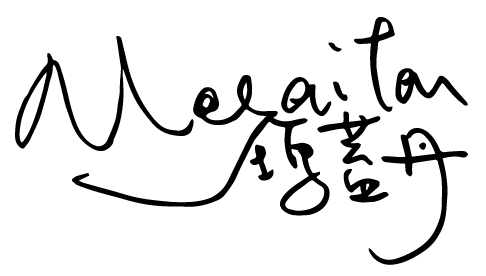Kakitlan isa inai a pruq ya ininthawan ianan shaba muntnash a kawash, minakawazaqan shaunabuqan, ribush numa hudun, az’az sa thaithuy inintusi a pruq. kanuniza maqa tiakahiwan a lalawa masa zing-tii, sa izai tiakahiwan a lalawa ya min’ukaiza, sa suma wa thau min’awra ananak a lhanaz, numa kurubuzin thaithuy a ininthawan miakazash sarasaranan a thau. kanuniza isa makthin muntnash a kawash Kakitlan mathuaw makarishkish kilhim mushuqish naur a kalawan, numa munsai sa smukuth, a’ingriqazan mashtay ya thaithuy tu kahiwan antu tatal a ininthawan.
isa Tai-waan ifazfaz a Kakitlan Pazah tu kahiwan inintusi a pruq, minakatai-ann waqrath kilhpuzafaw maza shaunatai-qaa waqrath kilhpuzaus maza, sa thuini izai a Miaw-liik kuan Sam-ii hiang, Tur-laam tiin shaunatai-tiung suu a Siu-kuung, Hung-yuan numa Tai-ia wa kuu, numa ianan suma wa thau matinanai sa Lam-tau Qariawan. isa makintusha matilaw a kawash, iqariawan lhmazawan kmalawa sa Pazah tu kahiwan a kazakazash ya mingkuynii, numa kinalawa sa Lam-tau kaun Pazah a qbit a kazakazash lhumpazaw a kalangkan, numawan mathuaw smukuth izai a kazash.
izai a patashan palalawa ma’a’nia mungkakailas ya thau ya pruq a Adoor munai, munsai thithu mriqaz Lam-tau Qariawan initusi Pazah qbit a kazash, mindahip mashtay amafazaq sa Pazah qbit a ininthawan a thau, masa Pazah qbit tu kahiwan putusi a lalawa ya mungkakailas. isa thuini maqarman sa Kakitlan a qbit, amiakuza initusi izai a pruq, amiakuza kilhim ananak a kazash, akalawa muhiaw sa izai Kakitlan kataunan a kazash dai.
Taiwan Plains Indigenous Peoples have put down roots on this piece of land for hundreds of years. From coasts to plains and forests to hills, these used to be the places where they called home, yet the political situations and historical reasons distanced them from the mountains and seas. Many have forgotten their own name, and their traces of living in those areas were erased ruthlessly. In the past decade, however, they have been trying to reveal who they really are and be who they are. Through the revitalisation movement, they show the world their real selves and uniqueness.
In central Taiwan, one of the Plains Indigenous communities, Pazeh, stretched from the north bank of Daan River to the south bank of Dajia River, approximately between today’s Sanyi or Jhuolan Townships of Miaoli County and Shihgang, Fongyuan, and Daya Districst in Taichung City. Later on, part of the community members migrated to the Ailan Plateau in Puli Township, Nantou County. Around year 2000, Pazeh people restored their traditional new year celebrations in Ailan Plateau area and further established Pazeh Cultural Association in Nantou County in an attempt to revitalise their culture.
This time we have collaborated with a cartoon artist, Adoor, specialising in capturing the essence of people and traditions and local natural history in his work. By having experienced the life and culture of Pazeh in Puli, Nantou, Adoor produced comic strips to help readers understand the history of Pazeh’s life and displacement. Now in the face of existence and identity crisis, Pazeh people have to figure a way out to establish themselves in the society and disentangle factors that undermine the understanding of their cultural value and uniqueness in order to retrieve the dying community identity.
naur kazash a kalangkan
CEO of the Indigenous Peoples Cultural Foundation





